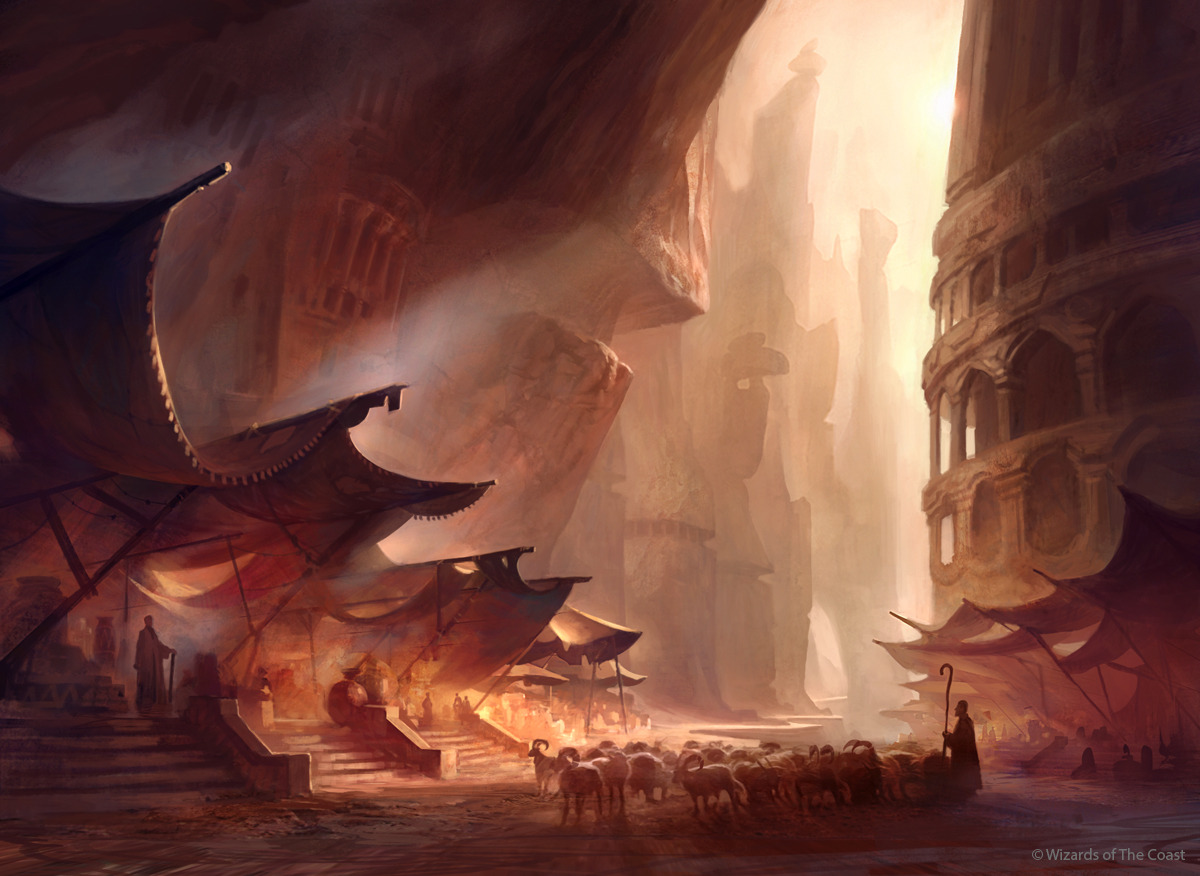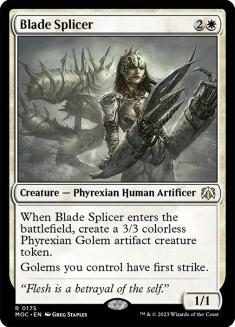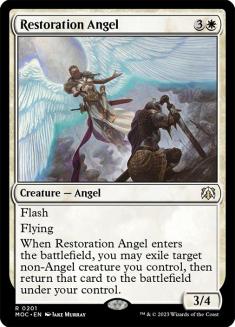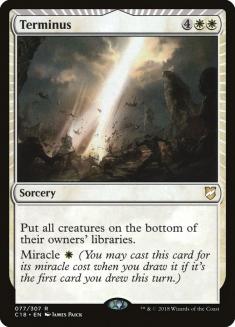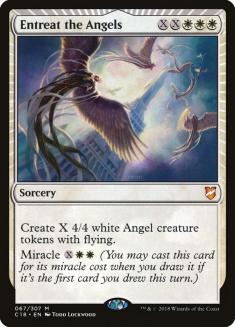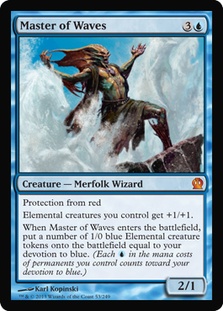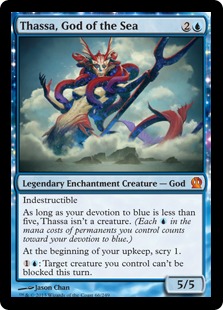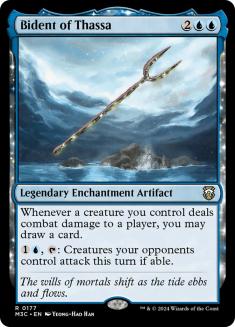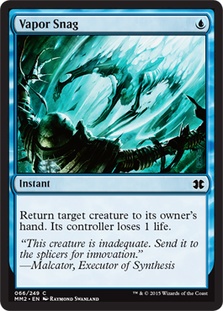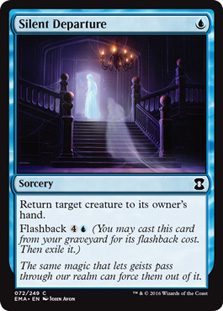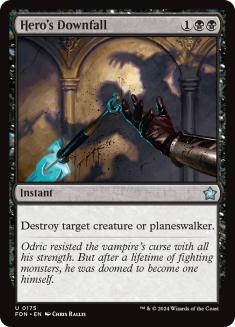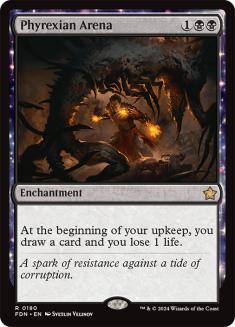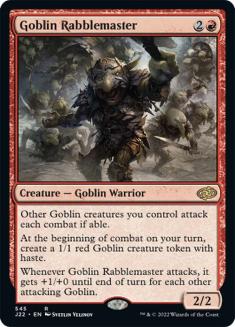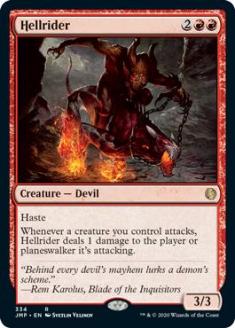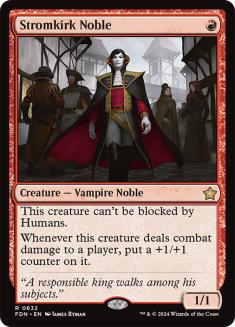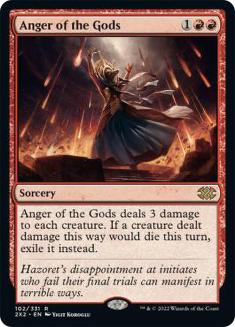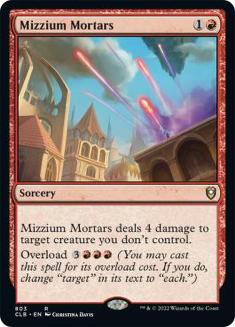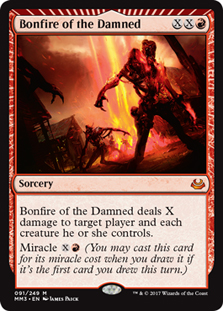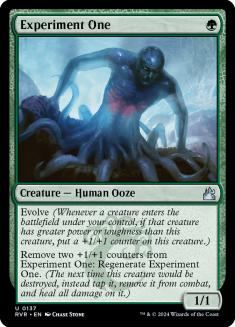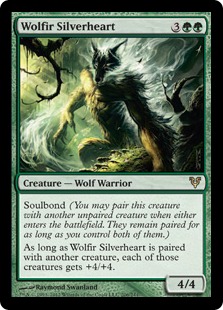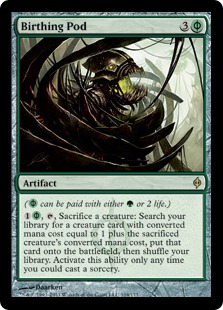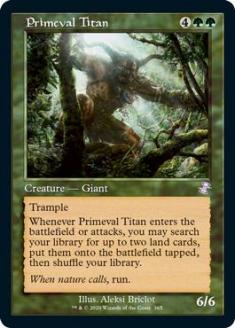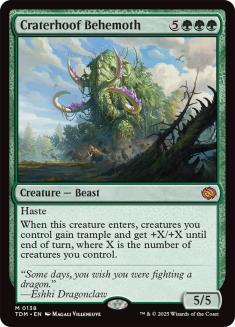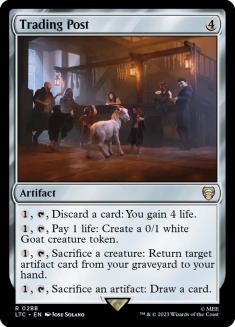My first shot at the Pro Tour was PT Nagoya in 2011, and it was among the most humbling experiences of my entire life. It was as surreal to start the tournament off 4-0 as it was soul-crushing to collect losses over the course of the rest of the tournament to finish dead last and out of the money. The tables for the event were sectioned off from the rest of the hall, and after losing the final round, I just stayed seated where I knew nobody could approach me. I have no idea how long. Seconds? Minutes? A lifetime? I don’t know that the same person who sat down at that table got up from it.
After returning home, I bet my attachment to Magic on one last tournament: an SCG Super IQ. As it tends to happen with any “farewell” tournament, I didn’t lose a match all day, and I found myself playing in every Invitational through 2015. I only had a handful of great finishes in that time, but my life in the tournament hall was much better than my home life of underemployment and relationships that were all wrong for both parties. This stretch saw me at my all-time low, and Magic and the friends who stuck with me at my worst were the only high notes to speak of.
Well, that sure set a somber tone! Things get more fun from here, though, I promise. Today I’ll be sharing another module of my Time Capsule Cube, this time using cards from Scars of Mirrodin through Journey into Nyx.
Hits and Misses
There are some nice sets in there, but there are also some real stinkers. I mean, Dragon’s Maze? Avacyn Restored? I played Avacyn Restored Limited exactly once. It was at a Draft Open, I split the finals for like $500, and I still hated it! Maybe some of that is just a reflection of how things were going for me otherwise.
I was playing many tournaments during this time, but most of my success came from Modern and Legacy. I focused too much on trying to have good Standard decks and not enough on actually playing games of Standard. The non-rotating formats naturally correct for such bad preparation by making prior experience be more relevant over time. At least, this was the case in the years before Modern Horizons. There are a handful of Standard decks that I liked from this era and I did have some success with the format, but this file was easily the roughest era for me to construct a Cube from.
Of course, it might very well be your favorite! That’s not for me to say, and I didn’t phone things in on the design. I just had to make certain decisions inconsistent with my preferred Cube experience. Check out the list on Cube Cobra and decide for yourself. The subjectivity of Cube is part of the beauty of it, after all!
A number of these cards are swingier than I usually go for, but again, some people really like that sort of thing. I will admit that this list is heavily populated by Cube all-timers, so there is plenty that I do like, even if it’s my least favorite stage for the Time Capsule Cube. Let’s break things down by color and see what’s going on in the fourth module.
White
There are strong ones and twos for white in this era, but the real prizes come in the four-drops. Hero of Bladehold is a time-tested game-ender. Restoration Angel is a powerhouse with a high floor and much higher ceiling. Brimaz, King of Oreskos is a fan favorite, though much less significant than Blade Splicer due to interactions like the aforementioned Restoration Angel and Birthing Pod chains.
Every other color in this module features its respective Titan from Magic 2011, but Sun Titan sucks and Elspeth, Sun’s Champion is and was a powerhouse. Azorius and Abzan decks alike closed countless games with the powerful planeswalker, and it is easily the defining white six of this era. The other very significant expensive white spell is Elesh Norn, Grand Cenobite. The play patterns on Elesh Norn are absolutely atrocious, but it was a card that people played and, like a couple other cards in this module, is evocative of some experimentation with pushing more expensive spells at this time.
And that brings us to miracles. Terminus was once a Legacy staple, and Entreat the Angels often showed up in Miracles decks as a win condition. And who could forget Alexander Hayne’s win at Pro Tour Avacyn Restored? The deck famously had a sub-50% win rate in the tournament, and yet Hayne still had all the chips at the end of the day. There aren’t many things that I associate more strongly with this era than getting punked by miracles.
Blue
A good amount of what blue is up to in this module is based on Blue Devotion decks of old. Master of Waves ranks very low for me as a Cube card generally, but was one of Standard’s defining cards along with Thassa, God of the Sea. For all of Master of Waves’s faults, it is at least very easy to cast.
There was also no way that I could exclude Delver of Secrets from this module, even though I generally really don’t believe in it as a Cube card. There’s a solid supporting cast in Talrand, Sky Summoner; Geist of Saint Traft; Young Pyromancer; and Snapcaster Mage, though one can’t help but consider benching Delver of Secrets in the best versions of these decks. I wanted to make Runechanter’s Pike work as a nod to the old Standard Delver decks, but it’s a really awkward fit. Vapor Snag and Silent Departure add more value to these strategies than one might think at a glance, though.
Notable reprints Mana Leak and Ponder were also major contributors to the Standard success of Delver of Secrets, and Preordain shows up as additional evidence that blue used to be really spoiled in the cheap spells department. Temporal Mastery is hit-or-miss in these spells-matter strategies, but that’s just the nature of miracles, and I wasn’t about to exclude that one.
If this Twobert existed in complete isolation, then Deceiver Exarch would not have made the cut, but I did want to have some Splinter Twin support across modules, and it wields a Sword and untaps Birthing Pod as well as it ever did. It also blocks X/1 creatures incredibly well if you’re into that sort of thing. Deceiver Exarch is part of the reason that blue has 24 cards to the 23 for the other colors, with some of the imbalance in the gold column also being a factor in allowing the card to sneak in.
Black
Black Devotion, Zombies, Esper Control, and Jund Midrange were the standout decks of this era. It’s not too difficult to trace the cards for these archetypes to their respective decks. Gravecrawler is maybe reaching a little, but the card saw a ton of play back then and aggressive Rakdos decks are well-supported in this module, even if Zombies aren’t necessarily.
The Thoughtseize reprint was unsurprisingly huge for every format that it impacted. Black also gets a nice spread of spot removal, including the then-novel Hero’s Downfall. A Phyrexian Arena reprint would have been much better, but Underworld Connections saw significant play, and it would be wrong to exclude it.
There are some hurdles to putting Griselbrand on the battlefield in this Cube, but the “Solar Flare” shell of Forbidden Alchemy and Unburial Rites makes this dream possible. Of course, you could always just turn Griselbrand and everything else into Pack Rat tokens, as was in vogue at the time. Liliana of the Veil is another suitable discard outlet, and was among the better answer to Geist of Saint Traft at the time. I made sure to include Loxodon Smiter for the occasional gotcha to really capture what it felt like to play with what was then one of Magic’s most powerful planeswalkers.
Red
Another Lightning Bolt reprint and a handful of all-timers in Goblin Rabblemaster, Hellrider, and Thundermaw Hellkite give red a lot of punch in this module. The one-drops aren’t the most awe-inspiring, but the method of getting on the battlefield early and often in some way or another was all that mattered. And Stromkirk Noble is actually surprisingly good!
Not everyone loves Koth of the Hammer, but that’s okay because I love the card enough for everyone. On the other side of things, most people seem to like Zealous Conscripts more than I do, but it has everything going for it that Deceiver Exarch does and saw quite a lot of Standard play in its day.
Faithless Looting is actually kind of weak in this module, but there are at least some graveyard synergies to take advantage of. Looting is generally overvalued by most players, and I often see it cast at very inopportune times. I’d exclude it from this module if not for its historical relevance.
A significant shift for red in this module is the inclusion of red sweepers, which were a major contributor to many successful red decks at the time. Anger of the Gods still shows up in Constructed today, an overloaded Mizzium Mortars was backbreaking, and Bonfire of the Damned is absolutely iconic.
Green
Green is pulled in two directions in this module, with both mana ramp and beatdown being viable options. Elvish Mystic is as good as that effect ever is, and Wolfir Silverheart was one of the best reasons to attack with green creatures ever printed. The mana acceleration side of things is generally more powerful, but there’s plenty of reason to get your hands dirty with an Experiment One.
This module harkens back to a time when Thragtusk was actually good, and Birthing Pod is a significant contributor to its strength in this Cube environment. There’s a solid spread of other value creatures across every color to make Pod decks viable and strong here. There’s an argument to fit Sun Titan in specifically to play with Birthing Pod, but it makes the mana curve uglier and isn’t essential.
I dog on Primeval Titan a lot, and I was dissatisfied when I concluded that Inkmoth Nexus and Kessig Wolf Run were a little too specific and individually weak to make work here, but just getting lands at all is powerful with the high-end creatures in the Cube. Primeval Titan is actually one of the easiest ways to get Craterhoof Behemoth online here, and while most people think of Craterhoof as a Commander card, it was absolutely a Standard all-star once upon a time.
Gold
Once again, the gold section is skewed towards cards that were actually played and is somewhat imbalanced. Allied mana was better during this era, and there’s a bit of a skew along those lines, but there were also a lot of successful Orzhov and three-color decks with black and white represented. This Cube wouldn’t be all that different if Obzedat, Ghost Council were excluded, but it’s extremely evocative of this era.
Most of what’s featured here offers a solid rate, but there are some eyebrow-raising elements in the gold column. The exclusion of Supreme Verdict is a little loud, but I just don’t see it as being worth a gold slot if I’m already including Day of Judgment and Terminus. Of course, it matters that Supreme Verdict is uncounterable, but you have Pro Tour champion Judge’s Familiar and two more unique and iconic cards to contend with here. Just cutting Day of Judgment and a white slot could be a solution, but the uncounterability really doesn’t matter all that often anyway.
The other loud element of the gold section is the complete lack of Simic cards. I actually like Kiora, the Crashing Wave a lot, but there are two significant strikes against it. The first is that the card always has a lower rate of play than I think it should when I put in a Cube. While I like it, other people don’t really seem to. The other strike is that blue and green already offer a very powerful ramp deck without any specific draw from gold cards. Ramping into Tamiyo, the Moon Sage and Frost Titan is something that I’ve had a ton of success with even in Vintage Cube, and I don’t want to push this style of deck too hard.
Artifacts
Here we return to a slightly longer artifact column, thanks to Scars of Mirrodin block. This column consists entirely of established Constructed and Cube hits, and was tough to get down as short as it is. I have a soft spot for Trading Post, but it’s just too specific to make work in what is by and large a “good stuff” Cube.
The more notable omission for most players: Karn Liberated. Karn has seen plenty of play and still shows up in the Magic Online Vintage Cube, but another seven-drop is much less value added than any of the other cards featured here, and there are already several high power expensive cards in the spread as is. Maybe Karn should take the Garruk, Apex Predator slot. I prefer the Garruk in large part because I never see the card anywhere else anymore, but I’m sympathetic to that swap. There’s a similar conversation possible around Myr Battlesphere, but this Twobert absolutely does not need two colorless sevens.
Lands
Mana is once again solid in this module, but I did have to make an interesting decision regarding enemy fixing. The Scars of Mirrodin fastlands are plainly excellent and the Sunpetal Grove cycle as well as shocklands are basically a no-brainer, but the fastland cycle wasn’t complete at this time. Featuring painlands was an option, but they just feel somewhat dissonant from this era, especially with so many mono-colored and allied decks making up the relevant history. Ultimately I landed on Mana Confluence making sense as a fill-in for “any enemy land you’d want” and leaving the fixing shallow to correspond with the use of gold slots.
There was an option to feature Temples, but man are they horrible. Just including enemy Temples would have been fine, but I’m much happier with the color imbalance and Mana Confluence solution. I do take the more liberties with the manabases in the Time Capsule Cube than the spells (see: excluding trilands and Vivid lands last week), and think there are some valid disagreements here.
And there you have it, my least favorite module of the Time Capsule Cube! It has its charm, and I should say that some of my vitriol comes from using the Return to Ravnica printings of shocklands, with not one of them holding a candle to any of their other printings. Next week I’ll be back to talk about the sixth module, featuring cards from Khans of Tarkir through Rivals of Ixalan. It was a pleasant surprise just how nostalgic I found myself for that era, and it’s easily a step up from this one!

